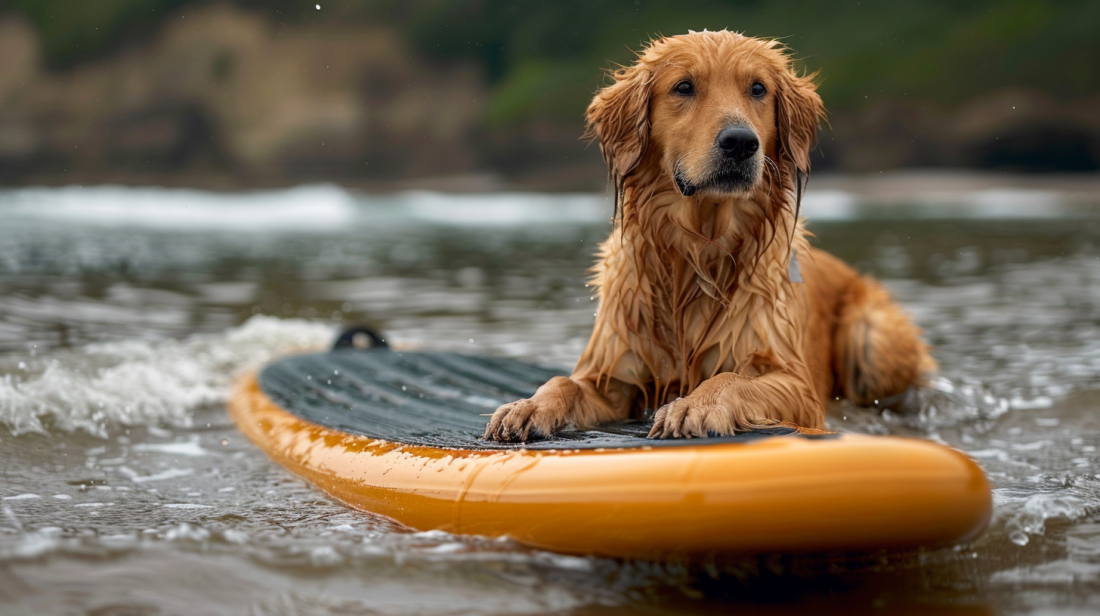When the temperature rises and the sun beckons, many of us are drawn to water. We love spending time at the beach, by the pool, or on a boat. Dogs often share our enthusiasm for water, especially certain breeds known for their aquatic skills, like Labradors and other retrievers. These breeds seem to have an innate desire to dive in and splash around. However, not all dogs are natural swimmers. Some can be apprehensive around water, whether it’s a river, a lake, or the ocean. This disparity in canine water comfort can be attributed to several factors, including breed characteristics, individual temperament, and past experiences.
If your dog falls into the latter category—those who aren’t water enthusiasts—introducing him to water should be a gentle and gradual process. Abrupt exposure to water, particularly if it’s a large body like a lake or ocean, can be overwhelming and even traumatic for a cautious dog. The key is to create positive associations with water. Start with a shallow wading pool in your backyard or a quiet section of a lake where your dog can wade in at his own pace. Toss a favorite toy just at the edge of the water to encourage him to take those first tentative steps. Praise and reward him with treats when he shows interest or takes a few steps into the water. It’s crucial to ensure your dog feels safe and supported during this learning phase.
For dogs who aren’t strong swimmers or who are particularly skittish around water, a flotation vest is a must-have accessory. These life jackets are designed to provide buoyancy, helping to keep your dog afloat even in deep water. They come in various sizes to suit different breeds and often feature adjustable straps to ensure a snug fit. A brightly colored vest is ideal, not only because it increases your dog’s visibility in the water, but it also makes it easier to spot him if he runs off on shore or gets lost among the crowd.
Flotation vests can be especially crucial if you’re planning a boating trip or a houseboat vacation. Even if your dog isn’t expected to swim, accidents can happen, and a sudden fall into deep water could be dangerous without the right equipment. Additionally, a life jacket can give your dog confidence, allowing him to relax and enjoy the trip without fear of the water. It’s also a great tool for training, as you can use it to practice swimming with your dog in a safe environment before heading out on a larger body of water.
Besides a flotation vest, other safety precautions are necessary when bringing your dog on a water-based adventure. Consider a harness or a long leash to maintain control when on a boat or near water. These tools help you manage your dog without restricting his movement too much. Don’t forget about sun protection—some dogs, especially those with light-colored fur or sensitive skin, can suffer from sunburn. A dab of sunscreen on your dog’s nose and ears can prevent discomfort and long-term damage.
With proper preparation and safety measures, even the most water-shy dogs can enjoy the fun and excitement of a houseboating vacation. The key is to take it slow, be patient, and always prioritize your dog’s comfort and safety. By doing so, you can create lasting memories and maybe even turn your cautious canine into a water-loving companion.










